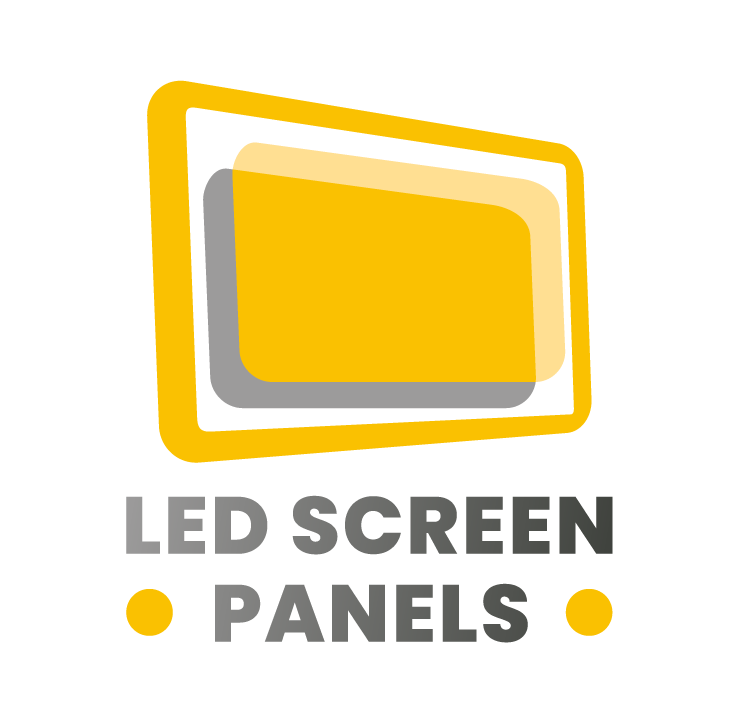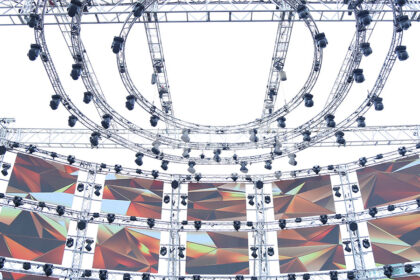
LED display systems have revolutionized the way we interact with digital media. With the ability to offer vibrant, energy-efficient, and versatile solutions, LED technology is rapidly becoming a cornerstone of modern advertising, communication, and entertainment. Whether used for outdoor billboards or in-store displays, the dynamic nature of LED panels ensures they remain at the forefront of innovation.
At ledscreenpanels.com, we are proud to provide high-quality LED displays that meet the diverse needs of our customers. From large outdoor displays to indoor solutions, our LED panels are designed to deliver outstanding performance and longevity. In this article, we’ll explore the different types of LED displays, their applications, installation processes, and answer some of the most frequently asked questions.
The Evolution of LED Display Panels
LED display panels have come a long way since their early introduction. Initially used for simple numeric displays and signage, modern LED technology has evolved to support high-resolution visuals, making it ideal for everything from entertainment venues to retail spaces. Today’s LED displays offer vivid colors, sharp contrast, and a wide viewing angle, making them perfect for both indoor and outdoor applications.
LED display panels are built using Light Emitting Diodes (LEDs) arranged in a grid format. The individual diodes emit light when an electrical current passes through them, producing a bright and clear image. The panels are incredibly energy-efficient, using less power compared to traditional display technologies such as LCD or plasma, which makes them a sustainable choice for businesses looking to reduce energy consumption.
Whether you’re looking for a LED display panel for a small business or a massive outdoor LED display for advertising, these systems are scalable and customizable, ensuring they fit the specific needs of your space.
Outdoor LED Displays
Outdoor LED displays have become one of the most popular advertising tools in recent years. These large, high-resolution screens are strategically placed in high-traffic areas, ensuring that advertisements reach a large audience. The ability of LED displays to function well under various weather conditions is one of the key advantages of these systems. With proper waterproofing and weatherproofing, outdoor LED displays can withstand rain, snow, and extreme heat, providing consistent performance.
Moreover, outdoor LED displays offer an advantage over traditional billboards, as they can display dynamic content, changing in real-time. This allows businesses to target specific audiences with tailored advertisements based on time of day, weather, or local events. Additionally, they are an eco-friendly solution, as they use less energy and are recyclable.
At ledscreenpanels.com, we provide a variety of outdoor LED display options that deliver excellent brightness and contrast, ensuring visibility even in direct sunlight.
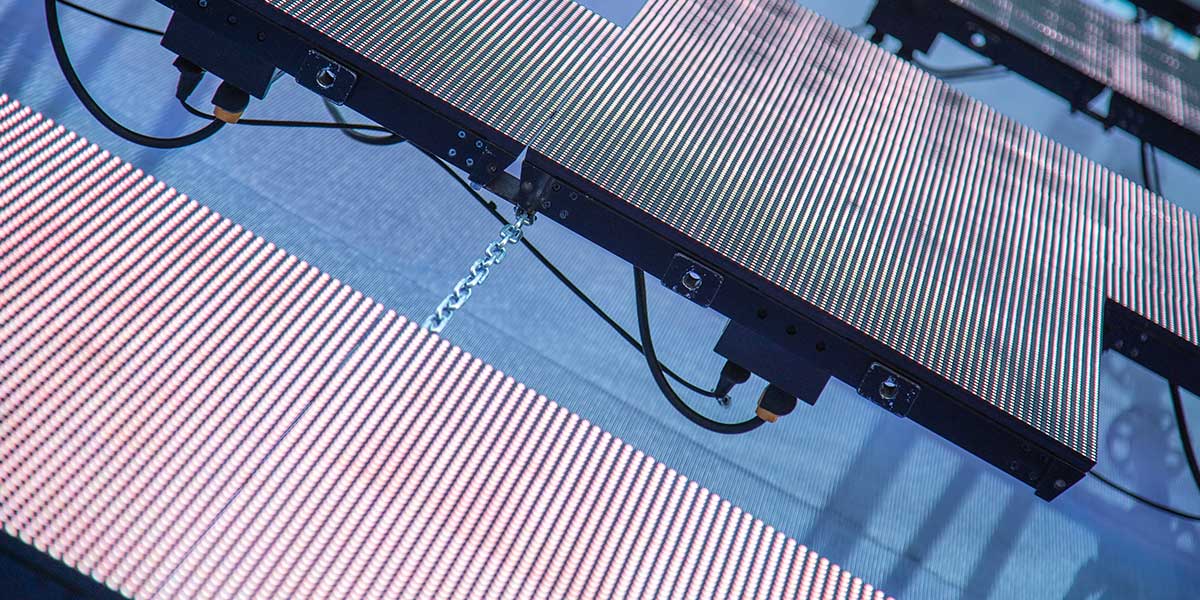
Indoor LED Displays
While outdoor displays are used primarily for advertising, indoor LED displays have become popular in various settings, including retail stores, airports, conference rooms, and entertainment venues. These displays create engaging visual experiences, capturing the attention of viewers and providing valuable information. From showcasing promotions in a shopping mall to providing real-time updates in an airport terminal, indoor LED displays have numerous applications.
One of the most significant benefits of indoor LED displays is their ability to be customized. Businesses can choose from a wide range of screen sizes, resolutions, and configurations. The compact nature of these displays allows them to be installed in locations where space is limited, making them ideal for retail spaces, lobbies, and event venues.
ledscreenpanels.com offers a wide selection of indoor LED displays, perfect for any environment. Our systems are designed to be energy-efficient, ensuring they reduce operational costs while providing high-quality visuals that attract customers.
3D LED Displays
The emergence of 3D LED displays has opened up new possibilities for interactive and immersive digital experiences. Unlike traditional 2D displays, 3D LED systems offer depth and dimension to the visuals, creating a lifelike experience for viewers. This technology is commonly used in entertainment venues, such as theme parks, cinemas, and museums, to provide a more engaging and interactive experience.
3D LED displays are equipped with specialized technology that allows images to appear three-dimensional without the need for special glasses. These displays use advanced techniques like parallax barriers and lenticular lenses to create the illusion of depth, giving viewers a more immersive experience. As a result, 3D LED displays are becoming increasingly popular in advertising, gaming, and even educational applications.
For businesses looking to push the boundaries of visual communication, ledscreenpanels.com offers state-of-the-art 3D LED displays that deliver stunning visuals and unforgettable experiences.
Transparent LED Displays
One of the latest trends in LED technology is the development of transparent LED displays. These innovative systems allow for the integration of digital displays into windows, walls, or glass surfaces, offering a seamless blend of functionality and aesthetics. Transparent LED displays are ideal for commercial spaces, such as shopping malls, retail stores, and airports, where businesses want to showcase digital content without obstructing natural light or the view.
The key advantage of transparent LED displays is their ability to maintain transparency while still delivering high-quality visuals. These displays use advanced LED technology that allows light to pass through, creating a display that can be viewed from both sides. This makes them an excellent choice for installations in storefront windows, where they can attract attention without blocking the view of the interior.
At ledscreenpanels.com, we offer a variety of transparent LED displays that can be customized to fit your specific needs, enhancing the visual appeal of any commercial space.
LED Display Installation: Step-by-Step Guide
The installation of LED display systems requires proper planning and technical knowledge. The installation process can vary depending on the type of panel and its intended use, but generally follows these steps:
- Preparing the Area: First, accurate measurements of the area where the LED display will be installed are taken. The size of the space, the display’s dimensions, and resolution are considered to determine the most suitable location. Additionally, the placement of electrical and connection points must be planned in advance.
- Panel Mounting: Panel installation is carried out by a professional team. Display panels are typically mounted on a wall or a metal frame. At this stage, it is important to ensure that the screen is securely positioned and safely installed.
- Connections and Electricity: For the LED displays to function properly, correct connections must be made. Power cables, data cables, and communication lines should be connected appropriately. Additionally, electrical connections are made with energy efficiency in mind.
- Testing and Calibration: After installation is completed, the display is tested to ensure it works correctly. Color calibration, brightness adjustments, and resolution checks are carried out. The display is optimized according to operational needs.
- Ready for Use: Once the installation is successfully completed, training is provided for users, and the system is ready for content management. Content updates can be made regularly as needed.
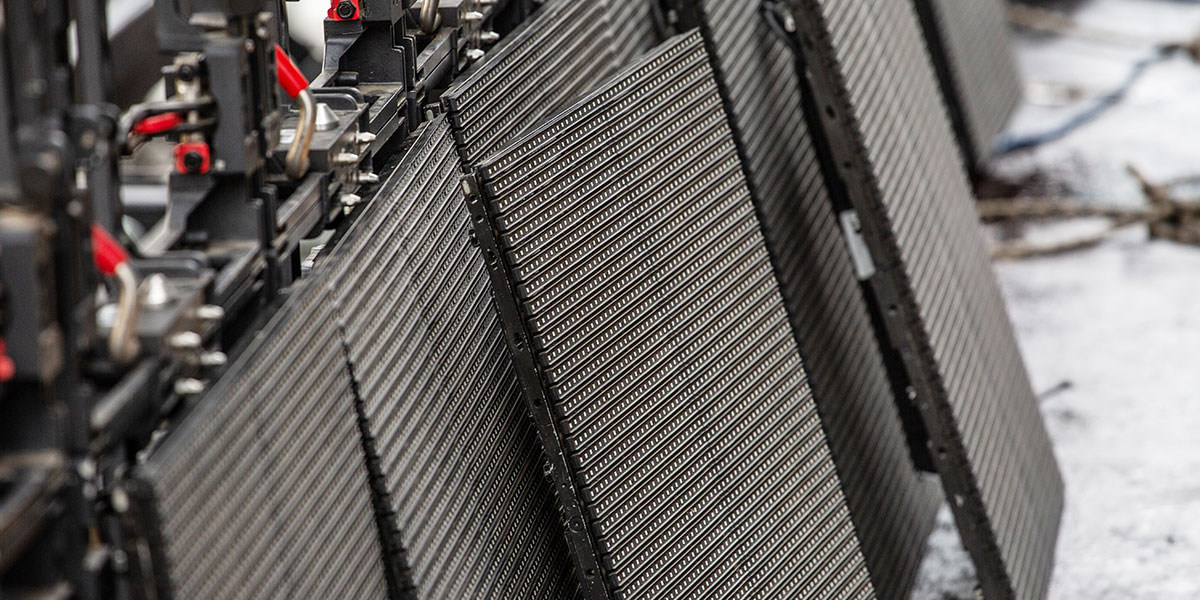
LED Display Applications
LED display systems have a wide range of applications. Here are some popular usage areas:
- Advertising and Marketing: Outdoor and indoor LED displays are powerful tools for businesses to promote their products and services. Dynamic content makes advertisements more effective.
- Retail Stores: LED screens are commonly used in stores to attract customer attention and announce discounts and promotions.
- Educational Institutions: LED display systems are used in schools and universities for displaying course content, announcements, and events.
- Airports and Public Transport: Indoor LED displays are used for passenger information, flight schedules, and guidance systems.
- Entertainment and Events: 3D LED displays used at concerts, festivals, and events offer audiences an unforgettable experience.
Frequently Asked Questions (FAQ)
- What is the difference between indoor and outdoor LED displays?
Indoor LED displays are designed for use in enclosed spaces and offer lower brightness levels, while outdoor LED displays are built to withstand harsh weather conditions and provide higher brightness for visibility in direct sunlight.
- How long do LED displays last?
LED displays are known for their longevity. On average, they can last up to 100,000 hours of use, depending on the quality of the display and how it’s maintained.
- Are 3D LED displays more expensive than traditional LED displays?
Yes, 3D LED displays tend to be more expensive due to the advanced technology required to create 3D visuals. However, the immersive experience they offer can justify the higher cost for certain applications.
- Can LED displays be used for interactive applications?
Yes, many LED displays are equipped with touch-screen capabilities, allowing users to interact with the content on the screen. This makes them ideal for kiosks, wayfinding systems, and interactive advertising.
- How energy-efficient are LED displays?
LED displays are significantly more energy-efficient than traditional display technologies like LCD and plasma. They consume less power and produce less heat, which makes them an environmentally friendly option for businesses.
